The Auscultation of the lungs is used to diagnose lung diseases and to check lung function. To do this, the lungs are monitored with a stethoscope.
What is lung auscultation?

Auscultation of the lungs is an integral part of the physical exam. With the stethoscope, physiological (normal) breathing sounds can be distinguished from abnormal, i.e. pathological breathing sounds.
There is either a membrane or a funnel in the stethoscope head. This absorbs the acoustic waves that are caused by the air currents in the lungs. The vibrations are passed on via the air column in the stethoscope tube to the ear tips and thus to the examiner's ear.
Function, effect & goals
Auscultation of the lungs occurs primarily when the patient is standing. In weak patients, the examination can also be carried out while sitting with the upper body upright. The patient's upper body should be completely free of clothing.
Before the examination, the patient should cough briefly. This dissolves any viscous secretion in the lungs. During auscultation, the patient should breathe steadily and deeply. The stethoscope is placed on at least eight points in the area of the lungs. This compares the sides. If there is a noticeable noise at one of the points, other points in the immediate vicinity are monitored. Auscultation takes place on the chest and back. Due to the anatomical position, the stethoscope should also be placed on the side of the chest.
In the case of auscultation phenomena, a fundamental distinction is made between physiological and pathological noises. Physiological sounds are the normal flow sounds that air makes in the airways and lungs.This includes tracheal breathing, which can be heard above the windpipe. In the area of the bronchi, bronchial breathing is physiological. In the peripheral areas of the healthy lungs, vesicular breathing can be heard, which occurs in the alveoli during the breathing process.
It can usually only be heard while inhaling. In healthy, slim people and children, however, it can also be perceived during exhalation. Otherwise, hearing vesicular breathing in the exhalation may also be a sign of lung infiltration. A sure sign of infiltration and / or compaction of the lung tissue is the occurrence of bronchial breathing in the peripheral areas of the lungs. Only vesicular breathing should really be heard here.
The compression in the lung tissue guides the vibrations from the bronchi to the periphery of the lungs. Compaction and infiltration occur, for example, in pneumonia. A lung tumor can also lead to this transmission of noise. If an infiltration is suspected, it can be tested using the bronchophony procedure. In bronchophony, the examiner places the stethoscope over the supposedly infiltrated lung area and lets the patient whisper the word "66". In the case of an infiltration, you can hear this word very sharply and hissing at the ear when it is passed on.
Another pathological phenomenon in pulmonary auscultation is rattle. A distinction can be made between dry and moist rattling noises and fine and coarse-bubble rattling noises. Moist rattling noises occur when thin fluid secretion is set in motion by the air flowing in and out. One speaks of small-bubble rattling noises when the secretion is in the small end branches of the bronchi. Coarse, humid rattling noises have their origin in the large bronchial branches. Causes of wet rattling noises are pulmonary edema, bronchiectasis, bronchitis and pneumonia. Dry rattling noises, also known as dry breathing noise, are caused by viscous secretions in the alveoli or in the bronchi. They can often be heard as whistling, wheezing or humming and are sometimes referred to as stridors. Dry rattling noises are characteristic of chronic obstructive pulmonary diseases and bronchial asthma. In an asthma attack, these noises can be heard very well; this is also referred to as the asthma concert.
If the alveoli stick together with little secretion, crackling rattles occur over the affected lung sections. Crackling rattles are audible in the early and final stages of pneumonia. In the initial stage one speaks of a crepitatio indux, at the end of the pneumonia it is a crepitatio redux. So-called amphoric breathing, also called cavern breathing, occurs over large cavities. It sounds like blowing the neck of a bottle. These caverns arise primarily in pulmonary tuberculosis.
You can find your medication here
➔ Medication for shortness of breath and lung problemsRisks, side effects & dangers
Auscultation of the lungs is a cost-effective examination method that does not have any side effects. If carried out correctly, auscultation enables a quick and precise examination result, which can then be checked by further imaging procedures. In order not to get incorrect results, you should pay attention to possible sources of error during the implementation.
The patient's upper body should be completely stripped. Garments can scratch the skin and thus convey supposedly pathological noises via the stethoscope. The patient's arms should hang down as loosely as possible and not be crossed in front of the chest. Here, too, noises can be caused by the scraping of the arms and hands on the skin.
Hair should be tied in a braid if possible. If hair comes into contact with the stethoscope, it causes a loud and annoying crackle. The examination room should have a pleasant temperature. If the undressed patient is cold, confusing background noises can be generated by the trembling. Care should also be taken with the patient's breathing. Many patients think they have to breathe in and out with particular force. In extreme cases, this can lead to hyperventilation and even fainting.



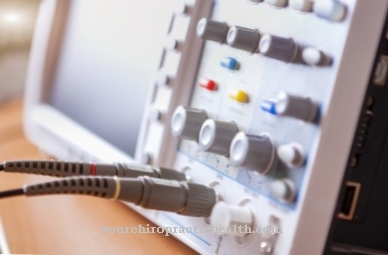


.jpg)

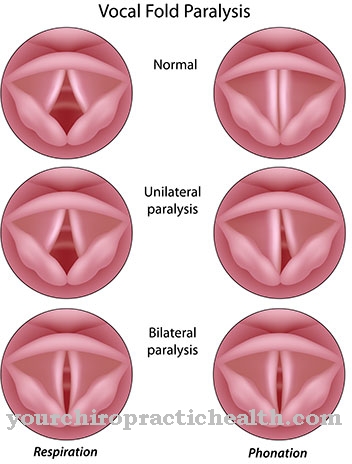
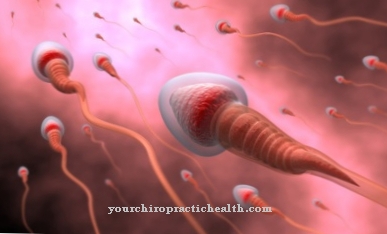
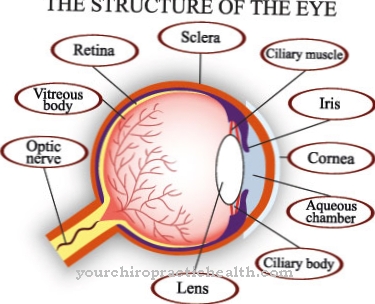
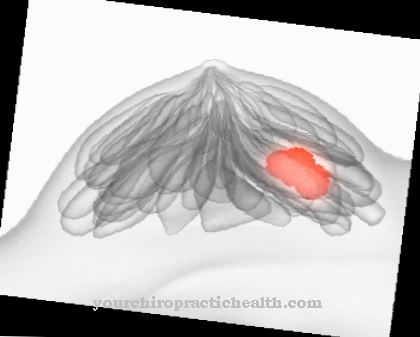

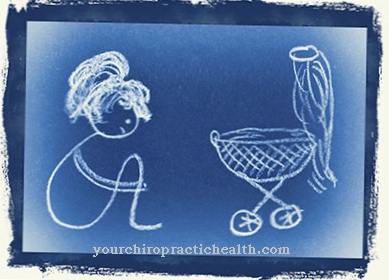



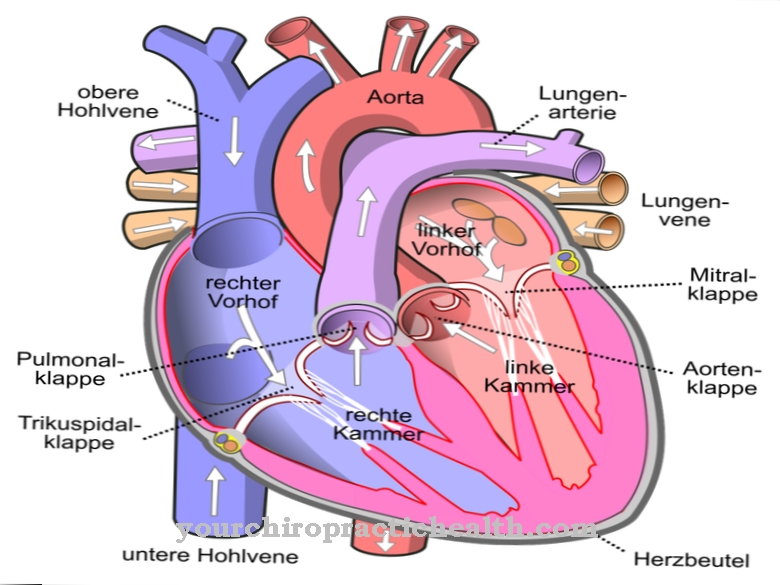



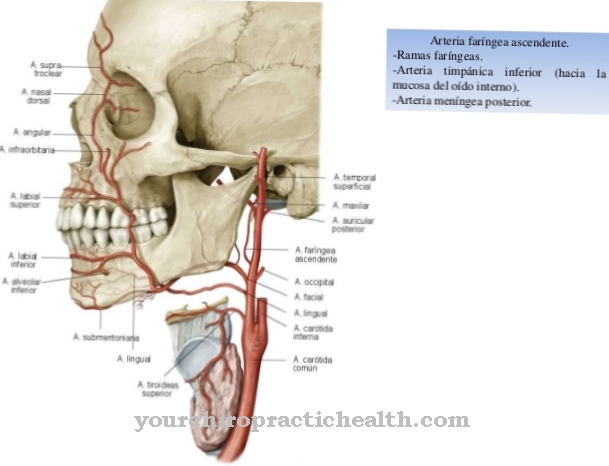
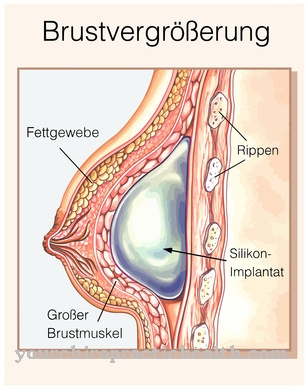
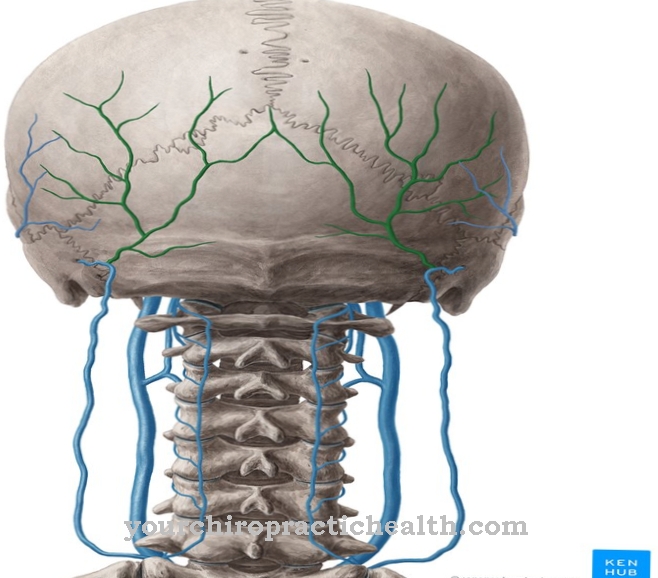

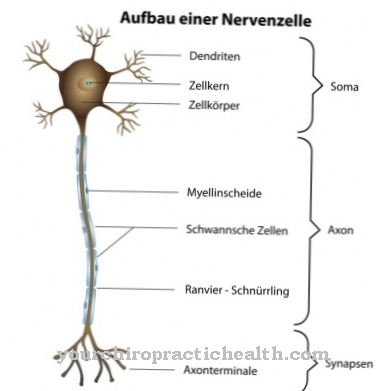

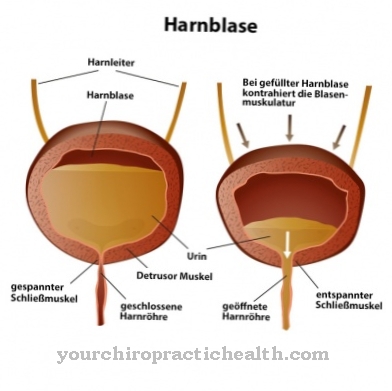
.jpg)